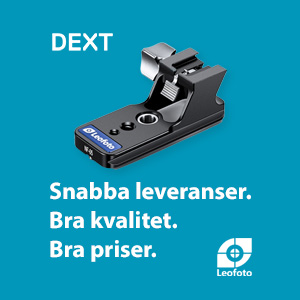Vet inte om det postats tidigare, men här är lite mer konkret info angående 14bit i D300an.
från dpr:
Yet another D300 sensor and A/D converter thread.
What a bunch of misinformation and (yes) idiocy being tossed around. Thankfully, someone posted a useful link to Sony material that is both authoritative and informative. Thanks to Photobug.
Here is the thread:
http://forums.dpreview.com/forums/read.asp?forum=1039&message=24600845
Here is my contribution:
http://forums.dpreview.com/forums/read.asp?forum=1039&message=24615895
Here are the Sony links:
http://www.sony.net/Products/SC-HP/cx_news/vol47/featuring2.html
and
http://www.sony.net/Products/SC-HP/cx_news/vol47/featuring2.html
Bottom line: The D300 sensor clearly includes 14-bit conversion, not 12-bit. 14-bit conversion is NOT an averaged sequence of 12-bit conversions.
It's too much to expect the posts of poorly informed guesses and assertions to slow down, much less stop, but at least those of you who care about understanding the D300's A/D conversion system can get accurate information if you care enough to dig it out.
Here's a recap of the D300 sensor's A/D conversion facilities:
Each of the (one per column) A/D "converters" is nothing more than a comparator followed by a 12-bit or 14-bit latch. That is so incredibly simple.
A 14-bit binary counter at one end of the die drives what is ostensibly a DAC, but it's really just a switchable resistor divider. You have the equivalent of 16,384 matched resistors to divide a tightly controlled reference voltage, and the 14-bit counter selects which one of the 16,384 points (voltages) in the divider to drive (through an analogue mux) across the die to *all* of the (one per column) comparators, as a comparison voltage. At the same time, the 14 bits of the counter are also driven across the die.
As the counter counts up, the level of the comparison voltage driven across the die increments upward, in step. At each of the (one per column) comparators, when the comparison voltage matches the voltage level of the photosite being "converted", the comparator's output switches polarity and latches (into the converter's output latch) the current value of the 14-bit counter.
So, rather than building a *boatload* of very complex and power-hungry, independent converters onto the die, Sony has broken down each of the A/D converters to a very VERY simple circuit: a comparator and a 14-bit data latch.
DAMN, that's an elegant solution!
This design topology makes it practically TRIVIAL to extend 12-bit "conversion" to 14-bit "conversion", and even beyond 14 bits... up to the practical limits of on-die noise.
I'm impressed, and that isn't easy after 30+ years as a designer of mainframe and array processor type machines.
Well done, Sony!
- Bob Elkind







